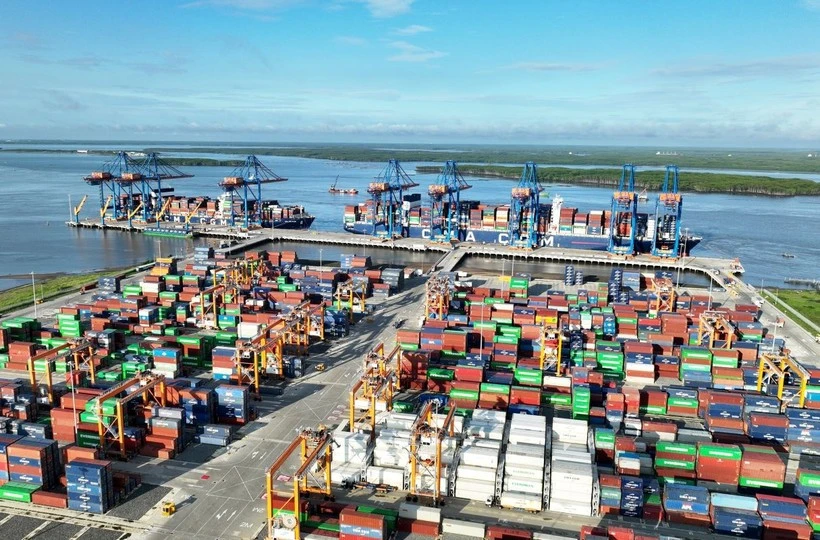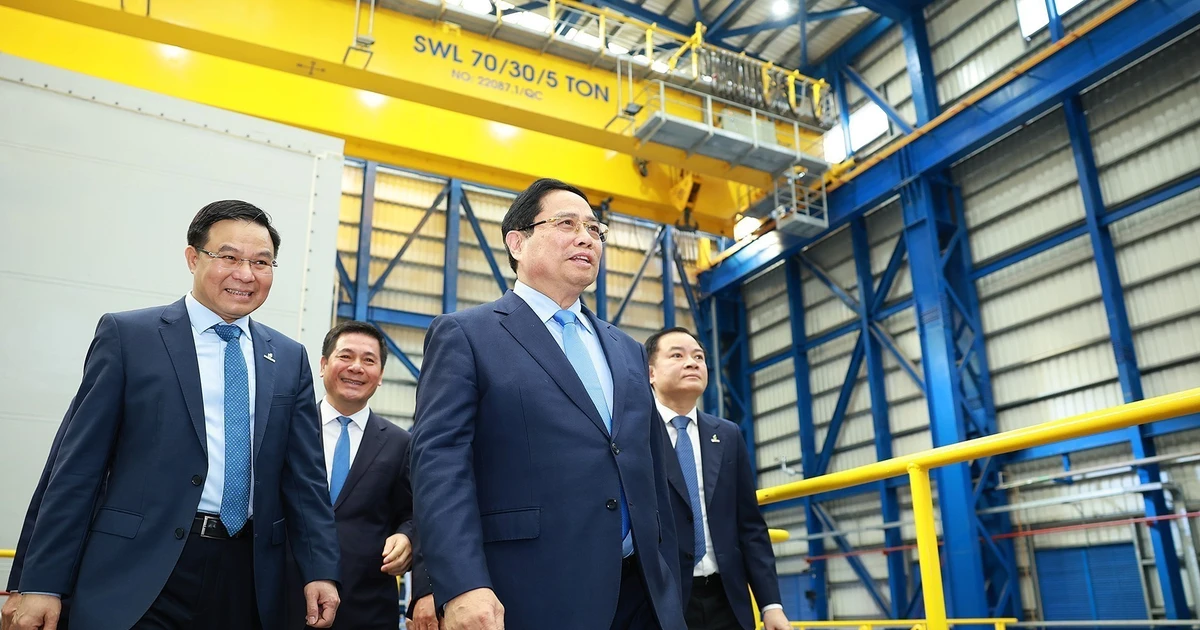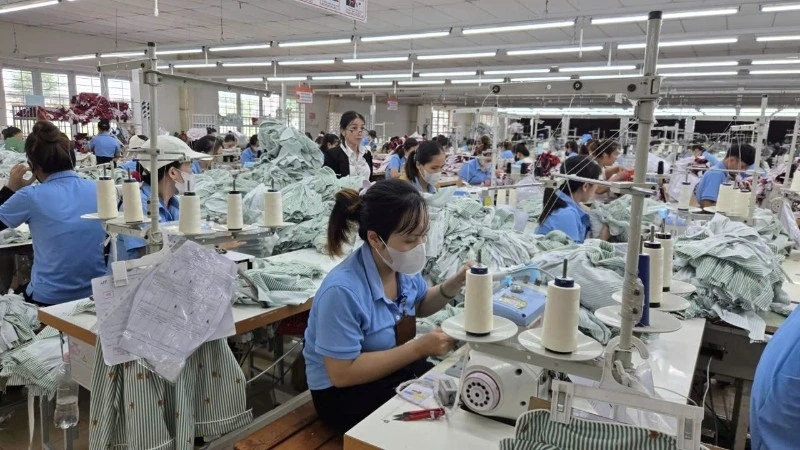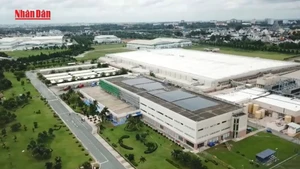Viet Nam is set to top growth charts among developing East Asia and Pacific economies in 2025, with gross domestic product forecast to rise 6.6%, the region's quickest pace, according to the World Bank (WB)'s East Asia and Pacific Economic Update released for October.
The WB projected the bloc's overall expansion to ease to 4.8% this year from 5% in 2024, then slip further to 4.3% in 2026 as trade barriers, geopolitical uncertainties, and reliance on fiscal stimulus weigh on momentum. Even so, the region endures as a global bright spot, buoyed by resilience and ample room for structural reform.
Strong recovery underpins Vietnam’s outlook
Viet Nam's edge stems from a sharp manufacturing rebound and consumer spending surge, backed by effective macroeconomic management, tamed inflation, and post-pandemic aid for companies.
At a press briefing on October 7, Aaditya Mattoo, the WB’s Chief Economist for East Asia and the Pacific, stressed that around 80% of Viet Nam’s new jobs come from young and dynamic firms, a positive sign of private sector vitality. Still, he flagged a recent dip in such firms' share, pointing to entrenched structural and regulatory hurdles.
Viet Nam has advanced in specialising its industry and services, particularly in higher value-added segments. Yet, Mattoo noted that institutional reforms and productivity gains are vital to fully capitalise on the global supply chain shifts.
According to him, the “China +1” strategy offers big opportunities for investment attraction, but Viet Nam’s integration into regional production networks remains modest. Stronger economic governance reforms and productivity improvements will prove crucial to grab those chances.
External headwinds, domestic priorities
The report also spotlighted impact from the new US tariffs on export-heavy regional players. For Viet Nam, Mattoo said countermeasures should transcend export diversification to fortify internal demand and upscale value-added production.
Speeding digital transformation, improving governance capacity, and promoting innovation in the private sector rank as core drivers for the coming phase of growth. Lifting labour productivity counts as essential for a qualitative growth model, led by higher value-added industries.
Institutional reforms, innovation, and workforce upskilling, according to the WB, will not only sustain Viet Nam’s high growth rate but also elevate the quality of growth, advancing toward more inclusive and sustainable growth.
















